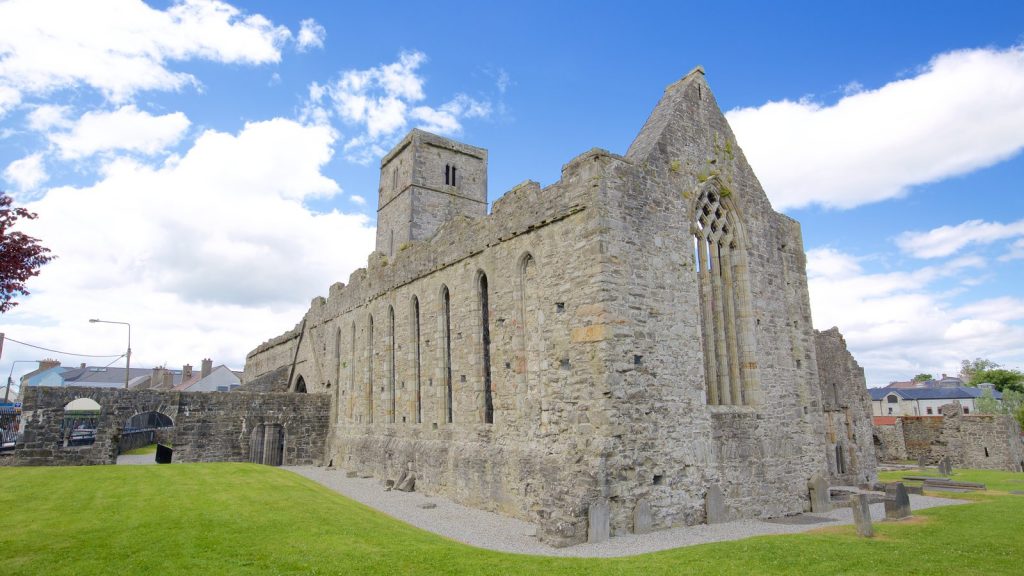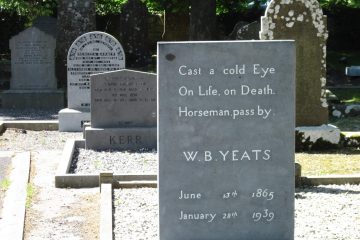Known locally as the Abbey, this Dominican Friary was founded in the mid – 13th century by Maurice Fitzgerald. The site contains a great wealth of carvings including Gothic and Renaissance tomb sculpture, well preserved cloister and the only sculptured 15th century high altar to survive in any Irish monastic church. This enigmatic friary will inspire and enlighten it's visitors. This Dominican abbey survives from medieval days. It was built by Maurice Fitzgerald for the Dominicans in 1252 and was accidentally burnt down in 1414, when a candle left carelessly in the building set it on fire. 'The Abbey', as it is known locally, was further damaged during the 1641 rebellion.

Legend says that worshippers saved the abbey's silver bell which was thrown into Lough Gill and only those free from sin can hear it peal. The site contains a great wealth of carvings including Gothic and Renaissance tomb sculpture, well preserved cloisters and the only sculptured 15th Century high altar to survive in any Irish monastic church. Access to site through visitor centre. Restricted access to site for visitors with disabilities. Although commonly known as Sligo Abbey, (co-ordinates 54.27085 -8.47003) the correct title for Sligo's only surviving megalithic structure is The Convent of the Holy Cross and was in fact a Dominican Friary.
The difference between an Abbey and a Friary being that where Friar preachers live in a Friary and invited the general public to worship in their church, Monks would have lived in an Abbey and would have generally confined their vocation to worship through prayer and meditation. Sligo Abbey (as it is most commonly referred) was built around 1252-1253 by the Norman Baron and leading Geraldine of that era Maurice Fitzgerald who is also credited with being the "real founder of Sligo".




